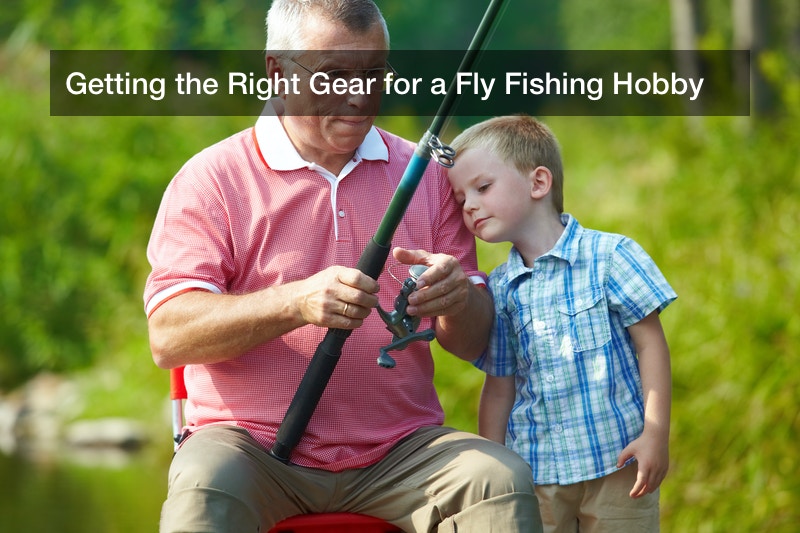
All around the world, fishing is a popular and time-honored sport and leisure activity, and it’s a great way to get connected with nature, too. Fishing dates back much further than the written word, and it was done fur sustenance. Today, commercial fishing boats handle large-scale fishing operations, while ordinary Americans can get their hands on fly fishing reels and fly rods to pursue a fishing hobby at local streams and small rivers. Fishing is plenty popular in the United States, too; in 2017, for example, around 51.59 million people went fishing, and of them, about 11.6 million were youth participants aged six to 17. And in 2018, 20.38% of survey respondents aged 18 to 29 said that they had gone fishing within the last 12 months. Fly fishing, meanwhile, is a distinct type of fishing that has a number of advantages, and anyone who’s getting into fly fishing for the first time can easily find all the gear they need beforehand, from fly fishing reels to fly fishing outfits and carrying bags.
What to Buy First
Going fly fishing means having all the right stuff, and a novice angler is encouraged to visit local outdoor supply retailers to get their equipment. After all, by visiting a store, the customer can consult the store associates and explore their different options and choose the right ones for their budget. Many brand names of fishing gear exist, after all, and some fly fishing reels and rods might be more suitable for a given customer than others. It is more experienced anglers who might visit online catalogs and find very particular items that they need. A novice can ask any questions that they need about fly fishing reels, rods, line, and more.
It’s not just the rods and reels, though. A fly fisher also needs the right clothes for a good fishing trip, since a fly fisher does not stand on a pier or boat to fish. Instead, fly fishing involves standing knee deep to waist deep in the steam in which they are fishing, and no one wants to get soaked. So, a fly fisher will wear tall, waterproof boots to stay dry and warm, and such boots may be thigh-high. Some fly fishing boots are part of an overalls set, a convenient all-in-one package. In addition, a fly fisher may wear a vest with pockets, so they can store spare items ranging from sunglasses to bait to spare reels and the like. After all, they’re standing in the water and don’t have a solid surface where they can place those items. Finally, a fly fisher should wear a wide-brimmed hat to protect their face and neck from the sun during long sessions, and they can wear sunglasses to protect their eyes from sun glare on the water’s surface.
Don’t forget fly fishing tackle bags, either, which vary in size, shape, and storage capacity. These tackle bags feature carrying straps, zippers, and compartments inside to store just about anything.
Going Fly Fishing
A novice fly fisher is encouraged to tag along with a more experienced fly fisher, to better learn how this is done. Fly fishing calls for particular line casting methods; in fact, the fly fishing lure is too light to draw out the line as in regular fishing, so the line itself is cast. Moving the rod correctly to cast the line directly will take some practice, and the advantage to this method is that the lure and line land gently on the water, instead of making a disruptive splash that may scare off the fish. Fly fishing bait is typically small, lightweight artificial lures with feathers on them to mimic insects, though live bait such as crickets may be used.
A fly fisher may choose to use the catch and release method; that is, they will catch a fish, note its size, then remove its hook and return it to the water alive. Catch and release is strictly for sport. Meanwhile, a fly fisher who keeps their fish can bring along a water-filled bucket for live capture, and they should follow all posted wildlife conservation rules for the area, so they can fish responsibly and help maintain local breeding populations of fish.
